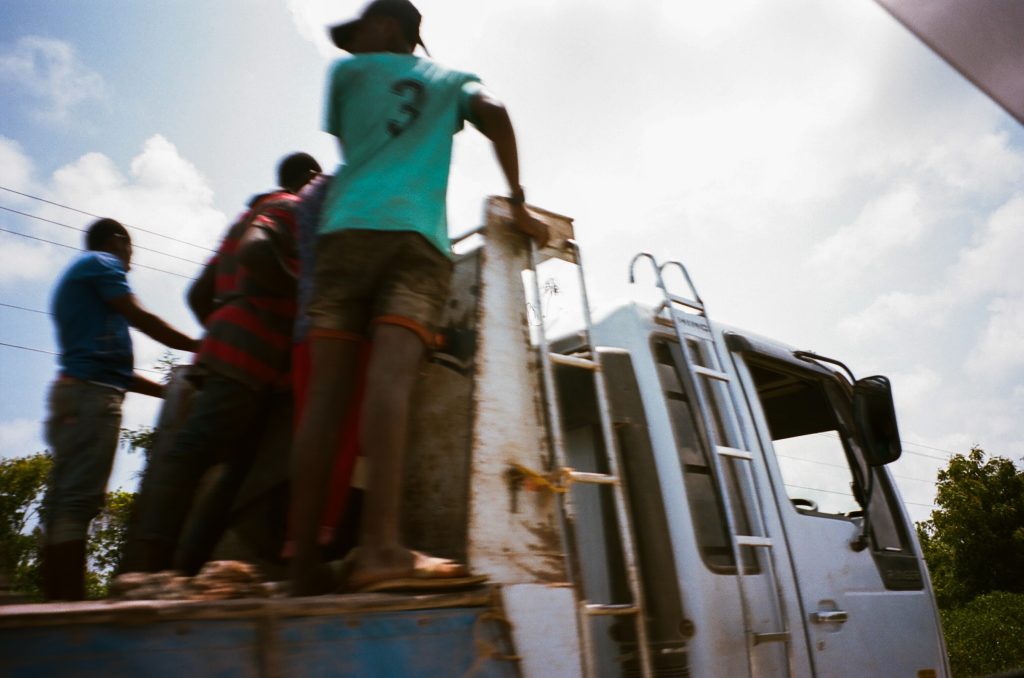It is not a new concept, but more fashion photographers these days are starting to see movement direction as an important aesthetic tool in image making, recognising that speed, motion, and new ideas of reimagining time and space are central conditions of modern life that also borrows heavily from the diverse artistry of dance, hip-hop culture and their intersection with contemporary fashion and street photography. Humans, animals, trees, everything is always in motion, anticipating, relating, migrating, and in action!
Movement is how we relate to the world and the implications of this relationship in photography help our audience enjoy images better. Movement offers us vitality, identity, a sense of belonging and hope whether outdoors, in nature, in a space that challenges us, or in supportive spaces. Movement allows us to redefine ourselves and reimagine what is possible. And, it is not as if photojournalism is gaining more popularity but, due to the recent rapid reoccurring changes in today’s world, this form of visual documentation seems to be making a comeback in many facets. For example, there is the latest concept in fine art or fashion photography called movement direction and it has its roots in street photography, the reason for the juxtaposition or comparison is that movement direction and street photography are about finding and capturing that hang-time between the beginning and the end of an action.
Of course, we also tried our very best to avoid the subject matter but, the legacy of slavery and emancipation has also shaped what is considered to be movement in African photography, street, haute couture, fine art, literally everything, music and storytelling to architecture. We see the same cultural identities replay themselves on the Islands as we spoke to Caribbean Photographer and movement director Manu Loca on a selection of 16 photographs from 5 different places she visited: Martinique, Cuba, Brazil, Ghana and Zanzibar. We see the same culture of movement melting in the pot of food, drink culture and religion. After reading her images closely, there is the same strong evidence of how family values influence the rituals of day-to-day life; standing, walking, sitting down to eat together, moving in unison to church services, and often, living as a multigenerational interdependent household.
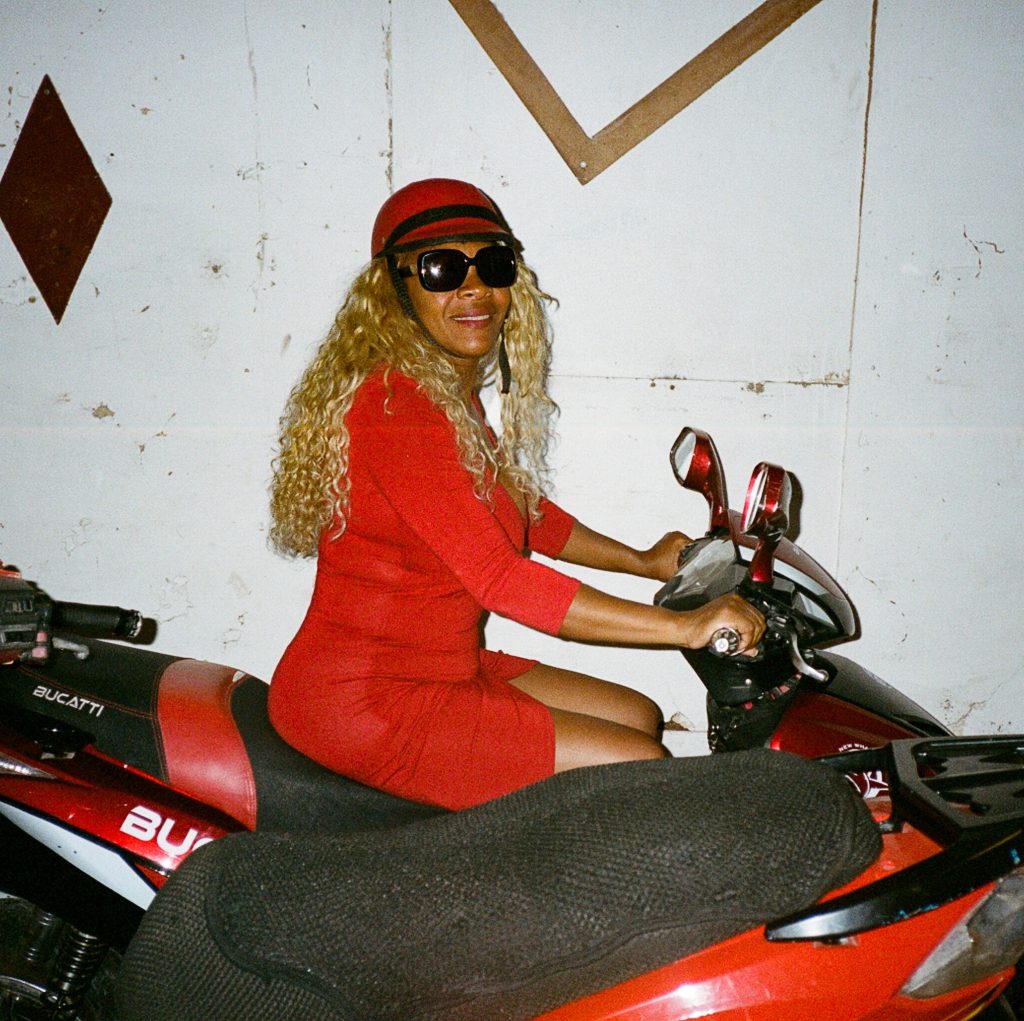
Usually, we would ask that you send images that you’re yet to share on social media but, since we follow your work regularly we understand why you’ve sent these selections of images, also in the sequence that you’ve sent it. We would love to first of all ask why it is so necessary that everyone sees these series of images, what they mean to you, and who are the subjects that you feel deserve repetitive curation.
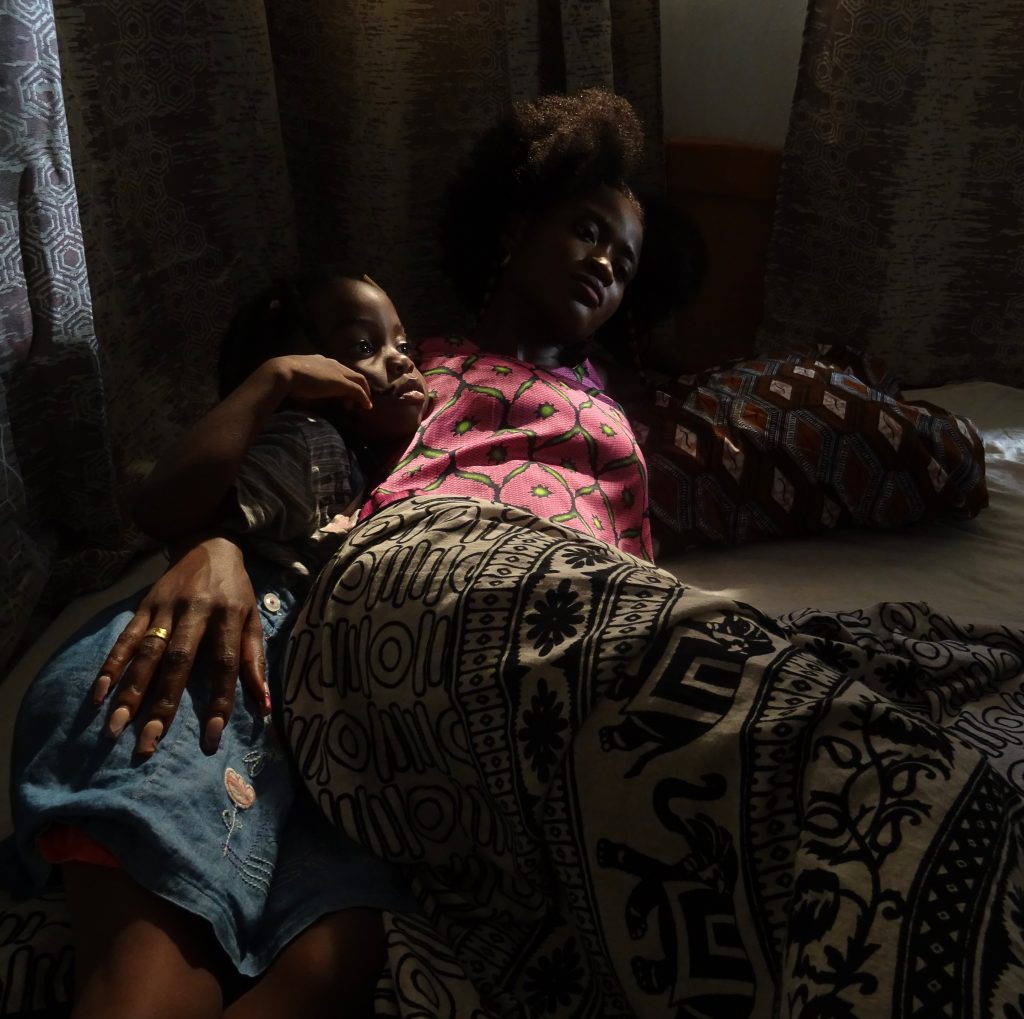
I would not say it is necessary that everyone see the images, but rather, it is necessary for me to share this series of images. I believe my work to have a certain penchant for moments of solitude, the act of transmission and community. All of these places I have visited show the different spaces and languages of the African diaspora; The ways we relate to each other as well as the ways that make our cultures different. The aforementioned notions and the subjects I captured are important because they tell a lot about where I am from, how and where I was raised and the mixture of influences, traditions and energies involved. I am from the Caribbean, a part of Latin America which happens to be a melting pot of diversity in everything, and this uniqueness is what I believe deserves repetitive curation.
In the series of images that you shared with us, which is your favorite and what is the story behind it?
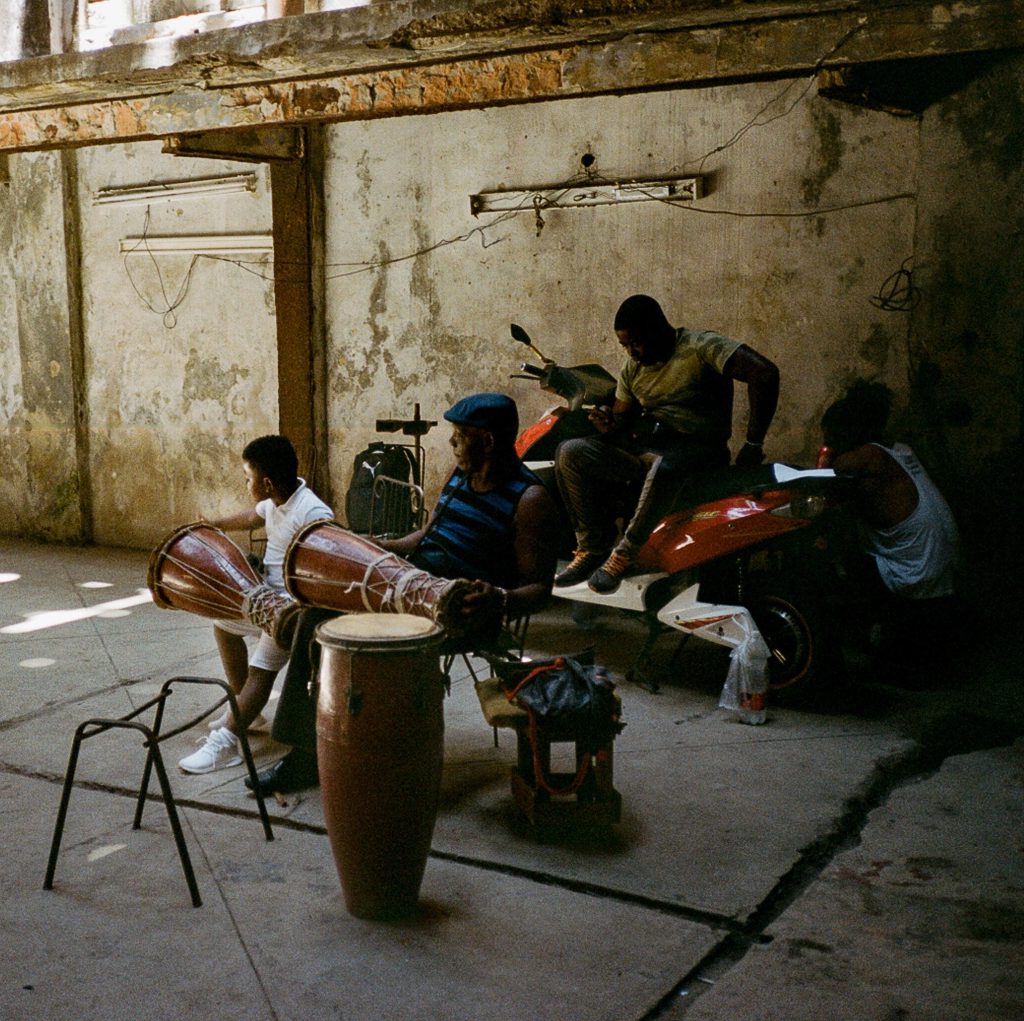
I love all of them, haha, but I think I would say the one titled ‘Batá lessons”. In the photograph, made in Cuba, you can observe a man teaching a boy how to play the Batá. The Batá is a double-header drum, shaped like an hourglass, one end larger than the other. It is one of the main instruments of the Yoruba religion, which is the most practised and expanded African religion in Cuba. I am very fond of the concept of transmission because it is at the core of culture and here, this photograph shows us the beauty and importance of it. In many ways, the reason why I know how to cook, the music I listen to, the way that I dance, and my relationship with my surroundings and nature, all have to do with transmission. How my mom and grandmother taught me, and showed me, became a big part of who I am.
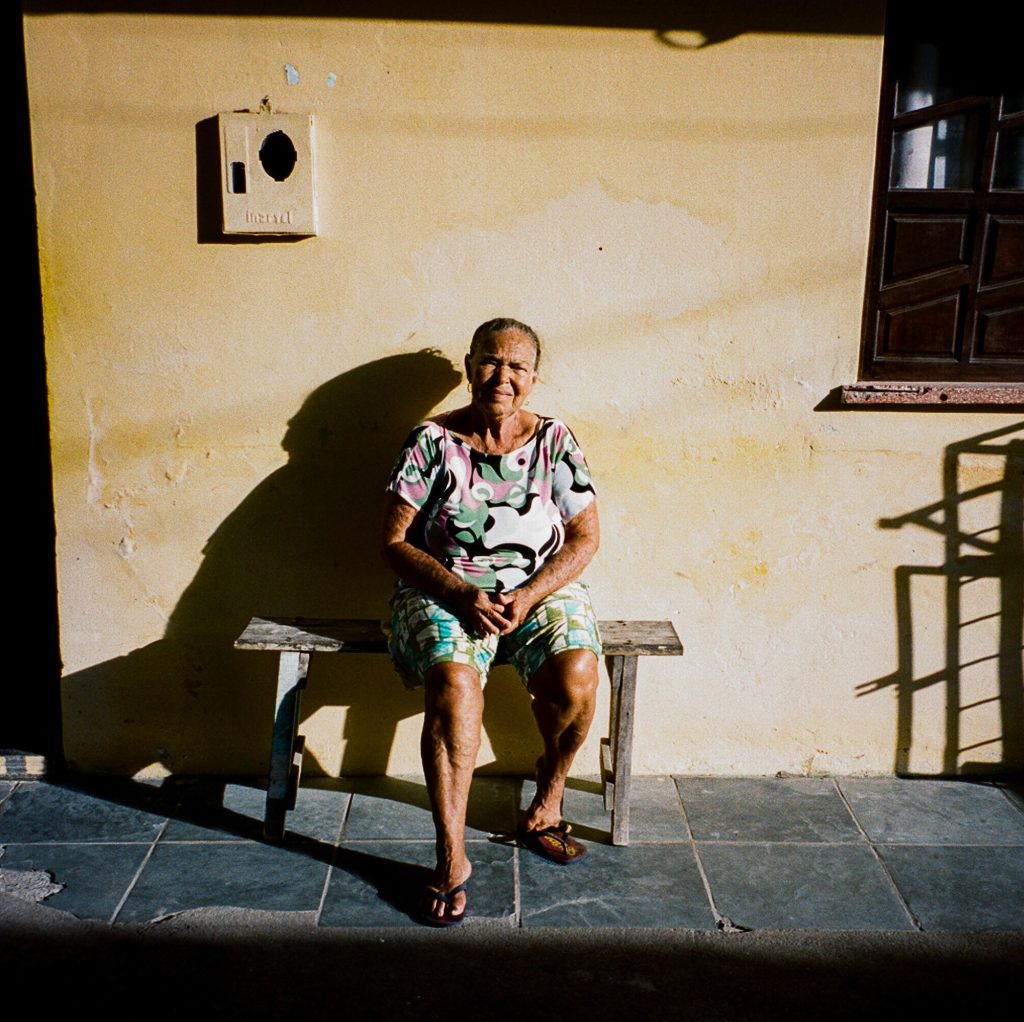
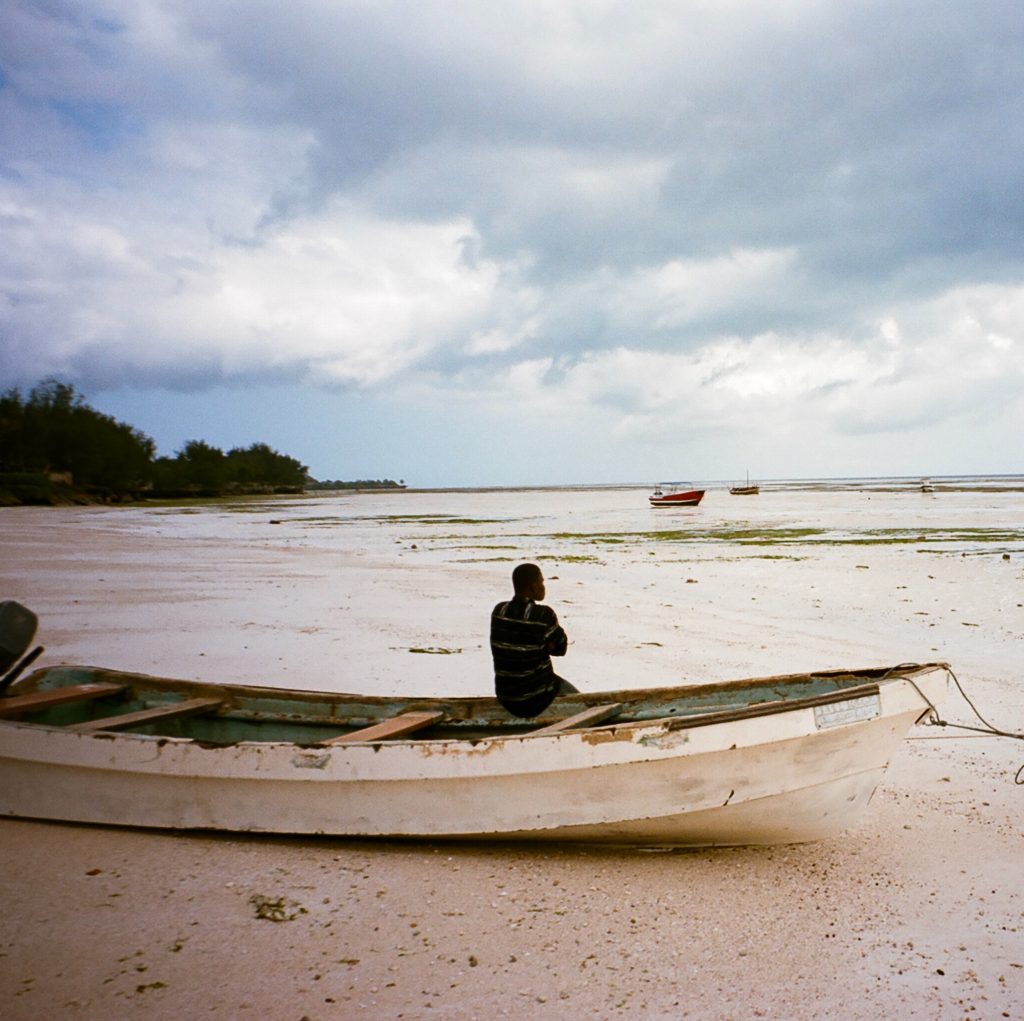
What is a movement coordinator, and in the spirit of teamwork, how does movement coordination add to the general success of a photo or video shoot?
The way I engage with it, movement involves everything. It can be affected by its surroundings and vice versa. Movement is not just how you pose, but also the emotions and energy engaged with that specific position. I engage movement coordination from the angle of what is the story, and what I want a person to feel or to make me feel. Are they comfortable in this space? or in what they are wearing? All of these questions have to be taken into account and include the decor, the styling, the people working on set as well as the comfortability of one another because they can all affect behaviours and emotions. These are what I draw on to create stories. In a way, it does end up being a teamwork because everyone plays their role in creating those stories. It is a composition that considers everything from creativity to safety to comfortability and everyone involved.

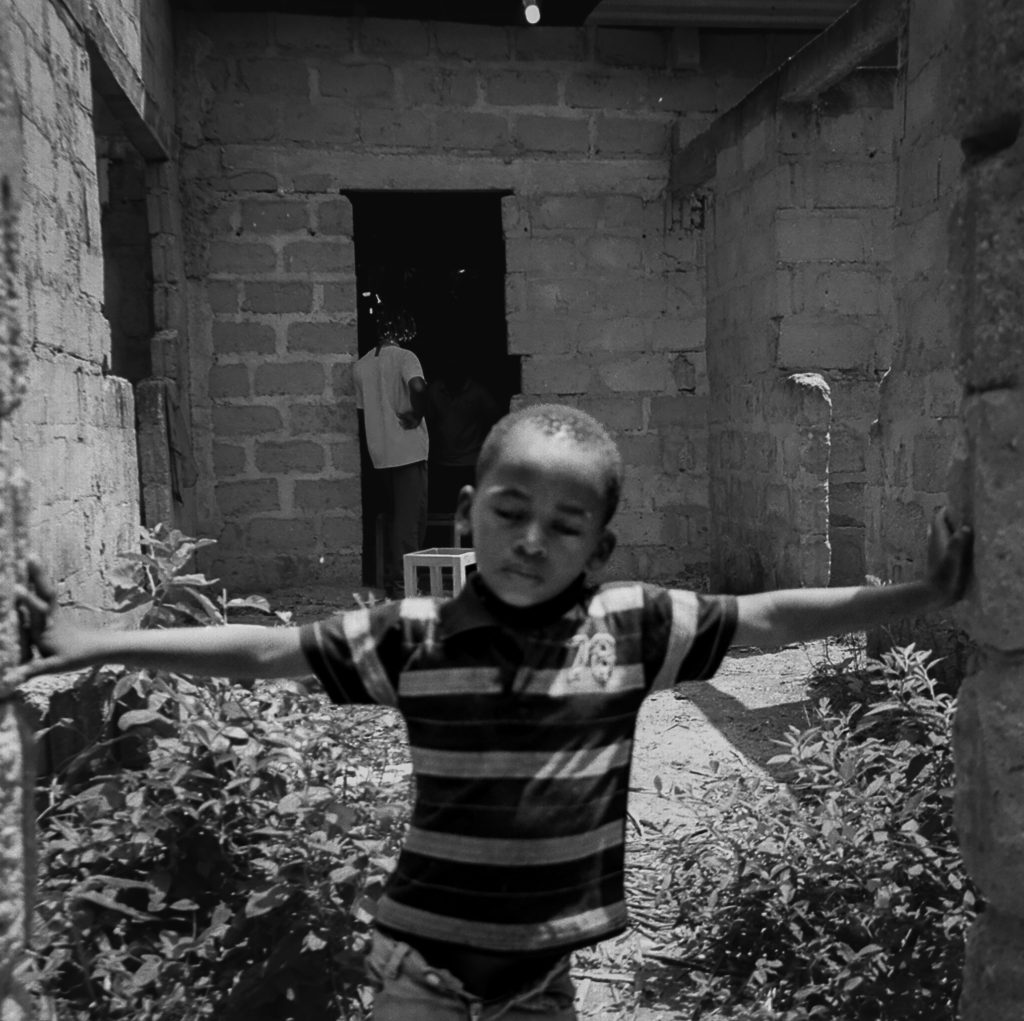
What influences of being French Caribbean can be seen in your work? For instance are there traces of Caribbean cultures in your movement coordination, set design or photography subject?
I used to love people-watching. I still do really. It is the best way to find inspiration as I tend to have more of a documentary approach to my work. I like the real, the raw, and friends, family, and people outside are the best way to do market research. Growing up in the Caribbean influenced my work, in terms of the attitude that I draw inspiration back from. I love the way the girls dress and stand back home. I love how some have a lot of attitude. I love the way we dance. I love the way we use our hands a lot and how we have a very expressive face. I take these memories of people and use them in my work to create strong poses and emotions. Poses that are complex, confident, fun, sexy, and relatable, but also poses that I see myself in.
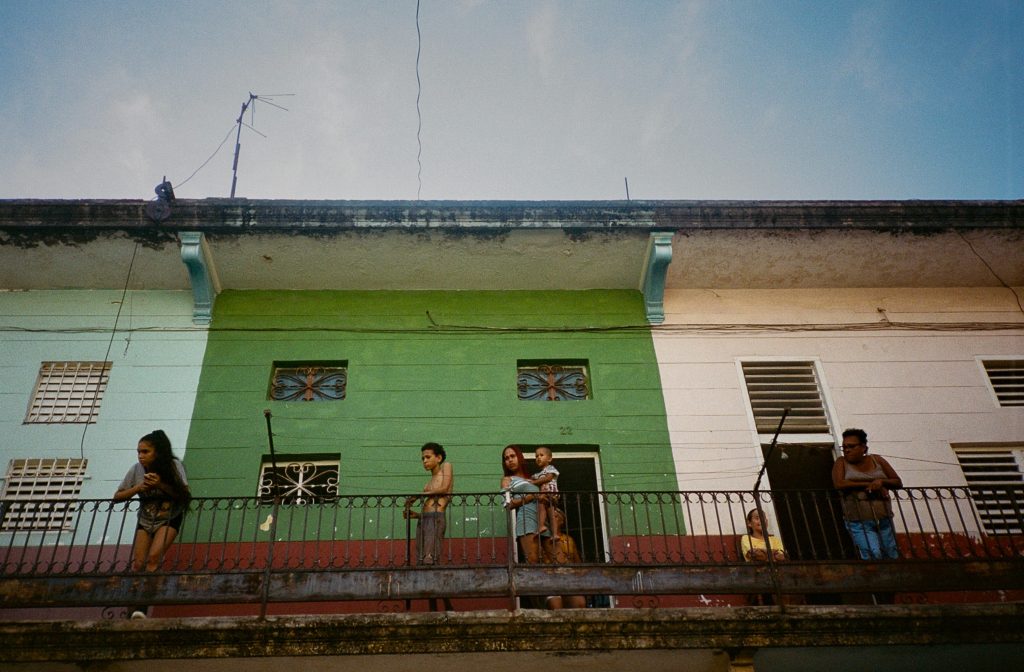
What are some difficulties you face with unapologetically pursuing your interests and bringing your creative vision to light as a woman in the visual arts industry?
Though I acknowledge the rise of women’s opportunities in the creative industry, at the end of the day it remains a man-dominated industry and a white one. Thus, making it hard to navigate the way you want to sometimes. In addition, as a black woman, we are underrepresented, less put forward and rarely in a position that leads the decision-making. It is a reality that must be addressed and challenged until we see change. I am very sensible about the way my work is seen and felt, thus making it almost a mission to challenge the white gaze and make space for people, feelings, emotions and attitudes that are relatable to me, to people like me, as well as to work with people of colour. When you find your tribe and decide to foster these ideals, bringing your vision to light becomes easier, as it becomes a communal vision.

You’re currently being interviewed for photography but your job description says movement director and, at some point, you were even a model, so we feel it is safe for us to assume that you’ll be able to briefly discuss with us what makes an image a “good” one. Because, of course, on set a lot of images are made, how do you narrow down the selections to the better images, what characteristics do you seek?

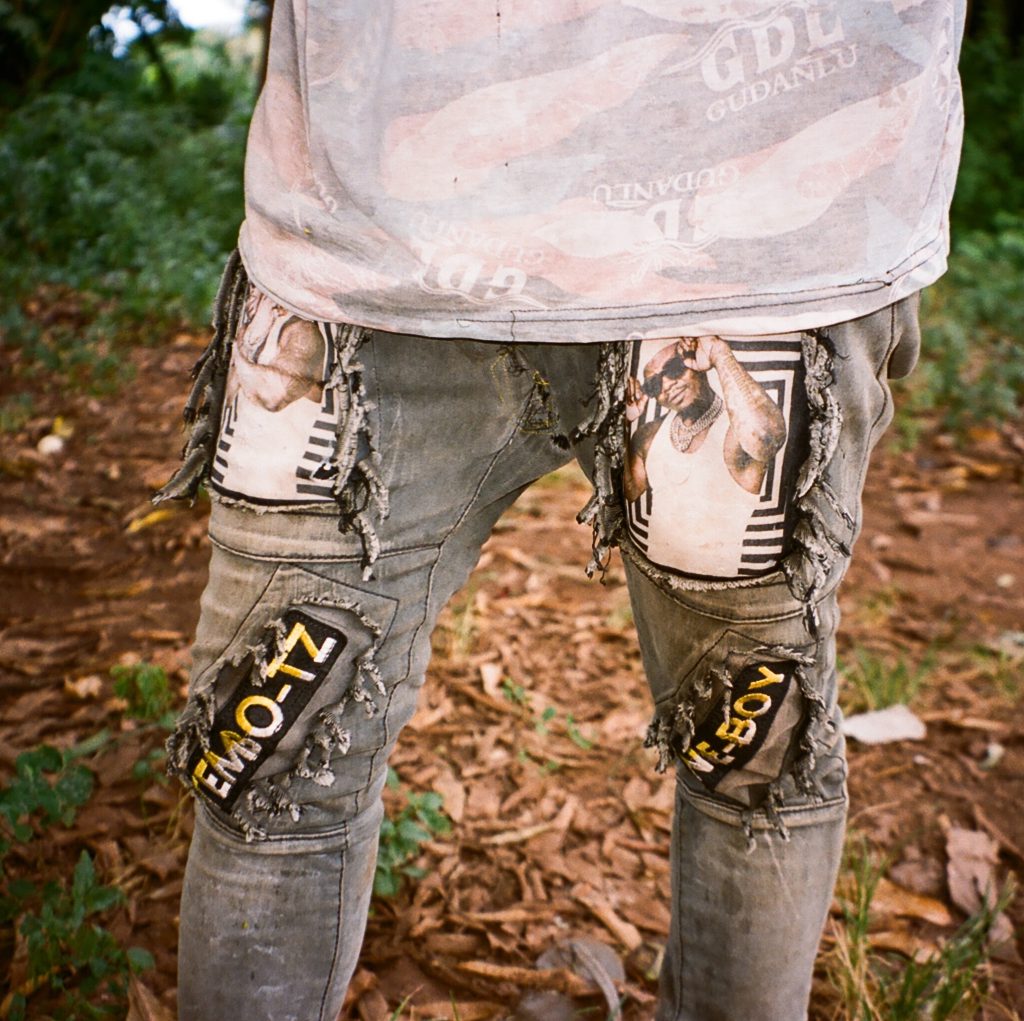
I work a lot with photographers who shoot on film, this not only narrows down the number of photos taken but it makes a person pay more attention to details. Every shot counts. Personally, there is always a moment where everything works, the styling, the pose, the lighting, the set design; The composition is such that you know this is the story you want to tell. I wouldn’t necessarily be able to give a recipe or specific way to know. It’s a gut thing, you know when you know.
Are there photographers or lens artists who you draw inspiration from?
I love and follow the work of Jamel Shabazz, Arthur Jaffa, Liz Johnson Arthur, Thierry Le Gouès, Deana Lawson, Beth Lesser, Sanlé Sory, Alex Webb, Pieter Hugo, Simon Wheatley, Janette Beckman, Nan Goldin, Evelyn Hofer, Sage Sohier.
